Missing an estimated tax payment can lead to penalties, but there are ways to minimize or even avoid the financial hit. If you’re self-employed or have other sources of income without withholding, understanding estimated tax obligations is crucial. Here’s what you need to know to stay compliant and mitigate potential penalties.
Estimated Tax Payment Basics
If you use the calendar year for federal tax purposes, estimated tax payments are due quarterly:
- 2024 Deadlines: April 15, June 17, September 16, and January 15, 2025.
- 2025 Deadlines: April 15, June 16, September 15, and January 15, 2026.
Timely payments help avoid penalties and ensure you’re covering your tax liability for income not subject to withholding, such as self-employment income, investment income, and rental earnings.
Best Ways to Pay Estimated Taxes
Choosing the right payment method ensures convenience, security, and proper record-keeping. Here are the best options:
1. IRS Direct Pay
- Pay directly from your bank account at IRS Direct Pay.
- Advantages: Free, immediate confirmation, easy scheduling.
- Best for: Simple, secure, and fast transactions.
2. Electronic Federal Tax Payment System (EFTPS)
- Register at EFTPS.gov and make electronic payments.
- Advantages: Free service, secure, allows advance scheduling, detailed payment tracking.
- Best for: Taxpayers who need detailed tracking and scheduling.
3. IRS2Go Mobile App
- Make payments via IRS Direct Pay or credit/debit card.
- Advantages: Convenient for mobile users, secure.
- Best for: Tech-savvy taxpayers who prefer mobile transactions.
4. Credit/Debit Card or Digital Wallet
- Use an IRS-approved payment processor (service fees apply).
- Advantages: Convenient for cash flow management, possible credit card rewards.
- Best for: Taxpayers willing to pay fees for credit/debit card convenience.
5. Mail a Check or Money Order
- Send Form 1040-ES with your check.
- Advantages: Familiar method for those uncomfortable with online payments.
- Disadvantages: Processing delays, no immediate confirmation.
- Best for: Taxpayers who prefer traditional methods or lack internet access.
Insufficient Estimated Tax Penalty Basics
Failing to make estimated tax payments—or not paying enough—results in a non-deductible penalty. This applies if you:
- Are self-employed or run an S corporation.
- Earn significant income from investments, pensions, taxable Social Security benefits, or rental properties without sufficient withholding.
Penalty Rates
- 2024 Rate: 8% (annual equivalent for all quarters).
- 2025 Q1 Rate: Drops to 7%.
- Key Point: Penalty is not deductible, increasing its actual cost.
How the Penalty Is Calculated
- Use IRS Form 2210 to calculate it yourself, or
- File your Form 1040 and let the IRS send a bill.
The penalty accrues from the due date of a missed payment until:
- April 15 of the following year, or
- The date the payment is made.
Example: Catching Up on a Missed Payment
- Your required quarterly payment: $20,000.
- You missed the September 16, 2024 deadline but caught up on January 15, 2025 by paying $40,000.
- Penalty applies on $20,000 from September 16, 2024, to January 15, 2025.
- Key Point: Catching up stops the penalty from increasing but doesn’t erase previously accrued penalties.
Exceptions to the Estimated Tax Penalty
You can avoid the penalty by meeting one of these exceptions:
1. Current-Year Tax Exception
- No penalty if you pay at least 90% of your current year’s total tax.
- Payments must be on time and meet these cumulative totals:
- 22.5% by Q1
- 45% by Q2
- 67.5% by Q3
- 90% by Q4
Example: If your 2024 total tax is $80,000, making $18,000 quarterly payments (totaling $72,000) avoids the penalty.
2. Prior-Year Tax Exception
- No penalty if you pay at least 100% of last year’s tax (110% if prior-year AGI > $150,000).
Example: If your 2023 tax was $80,000, paying $88,000 for 2024 (quarterly payments of $22,000) avoids penalties—even if your 2024 tax is higher.
3. Annualized Income Installment Method Exception
- If your income fluctuates seasonally, you can make uneven payments based on when you earn income.
- Use IRS Form 2210 to calculate.
- Best for: Business owners with seasonal income, investors with large year-end gains.
Special Rules for Farmers and Fishermen
- Special estimated tax rules apply—refer to IRS Form 2210-F for details.
Takeaways
- Avoid penalties by making sufficient, on-time estimated tax payments.
- Use secure payment methods like IRS Direct Pay or EFTPS.
- Catching up stops additional penalties but doesn’t erase past ones.
- Leverage penalty exceptions if you meet the requirements.
- If income varies, consider annualized installment payments to match tax obligations with earnings.
Understanding estimated tax rules and penalties can save you money and stress. Plan ahead, pay on time, and take advantage of penalty relief options whenever possible.


